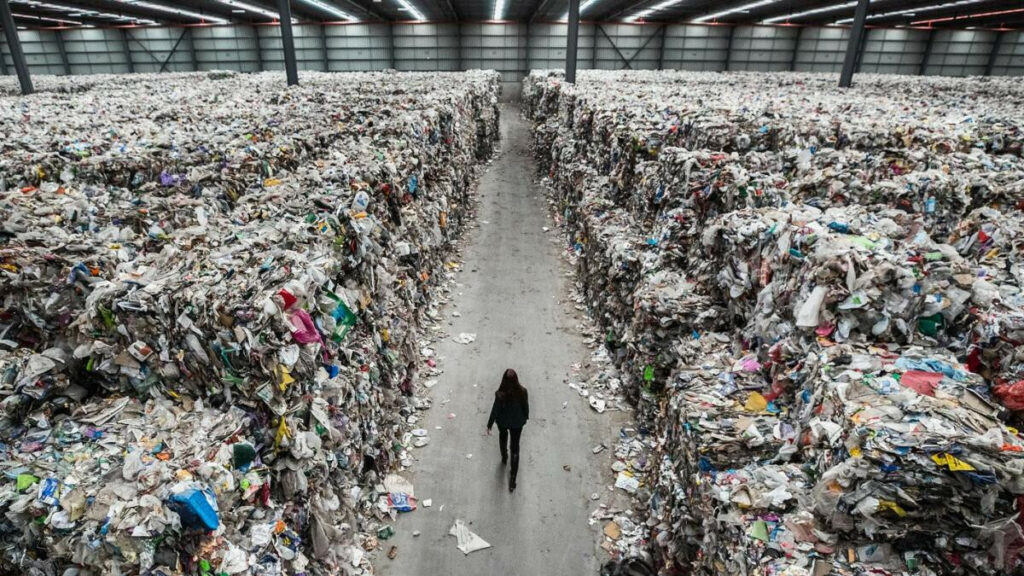
Yesterday, on the 8th of December 2022, the European Commission published an important report outlining the various pathways towards cleaner air, water and soil for Europe. The report is described as the first “zero pollution” monitoring and outlook, taking into account that clean air, clean water and clean soil in a resilient and thriving natural environment are fundamental for healthy lives. The Commision’s report, addressed to the European Parliament, the Council of Ministers of Member States, the European Economic and Social Committee and the Committee of the Regions, sets out the key indicators for monitoring climate change, biodiversity and the circular economy, to provide a detailed and coherent picture. It is aimed at answering questions such as: How polluted is the EU; what are the trends over the past years; and, can we achieve the 2030 zero pollution targets?
Waste is obviously a major issue, and the report refers to the Commission’s proposals to revise the Urban Wastewater Treatment Directive, to update the list of water pollutants under the Water Framework Directive, and to improve the European strategy for the protection of soil by strengthening the law on soil health.
Key targets to be achieved by all Member States and by the EU as a whole include reduction by 50% of plastic litter at sea, reduction by 30% of microplastics released into the environment, and reduction by 50% of residual municipal waste and total waste generation. While these are good targets, but not necessarily the most ambitious, the question is whether or not they are being achieved, and will be achieved, by Member States. This leads us to examining Ireland’s trends and to highlighting the recent report generated this month by the EPA.
The ‘worrying trends’ in Waste Generation and Recycling in Ireland
Ireland remains the biggest producer of plastic packaging per head of population in the EU according to Eurostat waste figures and the EPA have warned that Ireland is in danger of missing EU waste-recycling targets due to rising levels of plastics and municipal waste. We have completely failed as a country to break the link between economic growth and waste production, and we continue to rely on export as a solution to dealing with our waste. We are simply generating too much waste, with the EPA stating in their report that “this is not just a waste management problem. There are wider climate and environmental impacts of increasing waste such as the land-use, resources, chemicals and the energy involved in the creation of products that become waste.” In other words, we have to take a whole-cycle approach if we want to really tackle our waste issues and move towards a circular economy. We continue to increase our waste figures despite more public awareness of the climate crisis, with municipal waste figures reaching 3.2 million tonnes in 2020, up from 3.1 million tonnes in 2019. Per capita municipal waste generation has increased by 11% from 2016 to 2020.
According to the EPA report, the Covid-19 lockdown restrictions impacted several waste streams in 2020, including household waste, which increased by 18%, and bulky skip waste, which increased by 60,000 tonnes. The number of cars scrapped decreased by 21% and construction waste decreased by 7%, also due to the impact of Covid restrictions.
Ireland clearly needs to take serious steps if we want to reduce our figures. Sharon Finegan, director of the EPA, highlighted the importance of moving towards a circular model, stating that “a circular economy is one that is based on less waste and more reuse of materials; these trends show Ireland is going in the wrong direction. Our rising levels of waste are unsustainable and immediate steps must be taken to address these trends. Systemic change is needed across all economic sectors to shift the focus to designing out and reducing waste and promoting reuse and recycling.” It will undoubtfully be challenging for us to meet EU 2025 targets and we are clearly at risk of failing to meet them with our municipal waste recycling rate of 41% in 2020, against a target of 55% by 2025, and plastic packaging recycling rate at 29% in 2020, with a target of 50% in 2025.
Simply exporting our waste and handing the problem over to another country is not a solution, and the EPA have stated Ireland is “heavily reliant on export for the treatment of a number of key waste streams”. The EPA report found that 27% of biodegradable waste, 39% of municipal waste, 55% of hazardous waste and 50% of packaging waste was exported. In addition, “almost all” waste electrical and electronic equipment (WEEE) was exported for the final treatment step.
It is clear that some serious action needs to take place over the coming year if we want any hope of reaching the EU targets.
Article written by Orla Coutin Fitzsimons and Jack O’ Sullivan.
